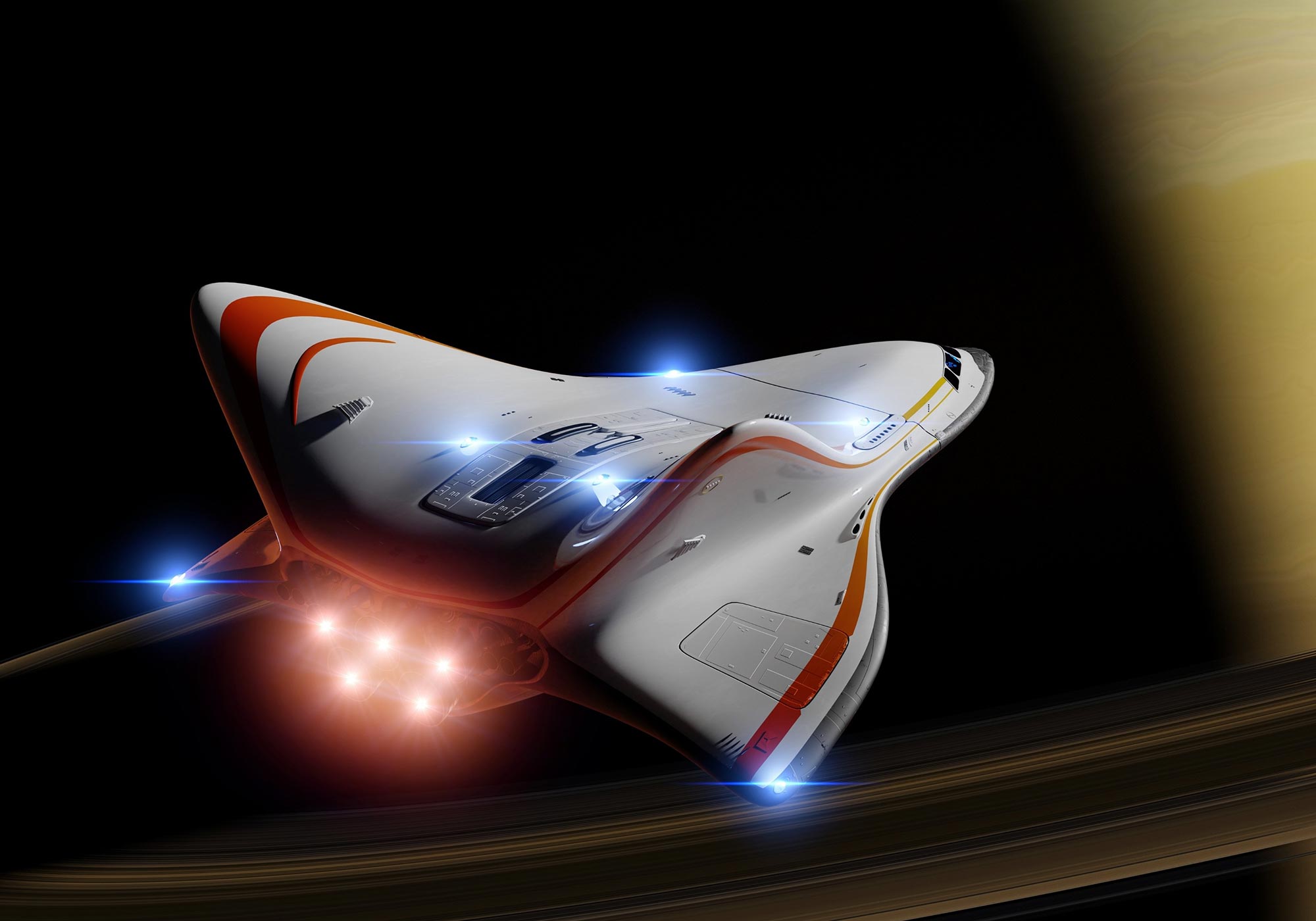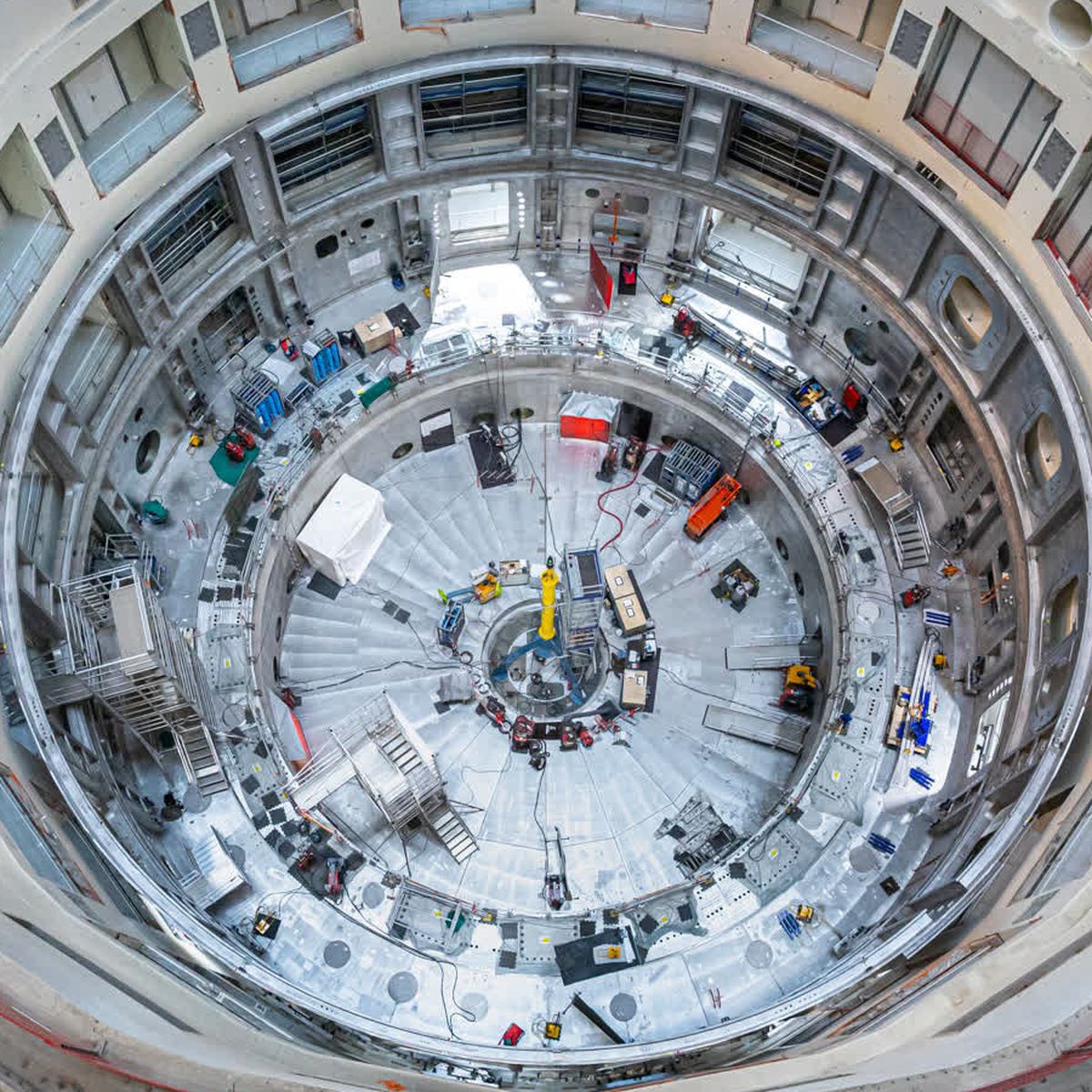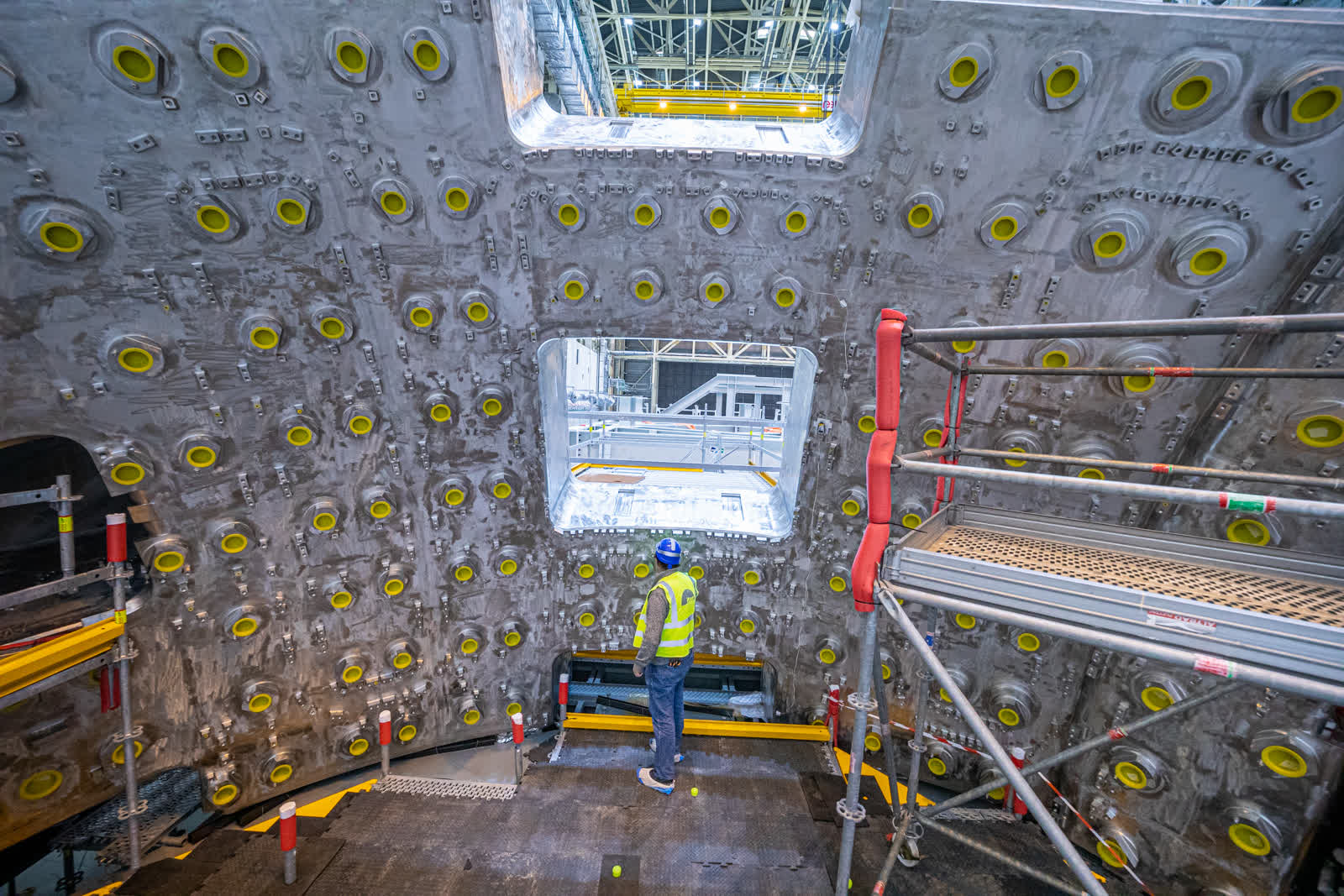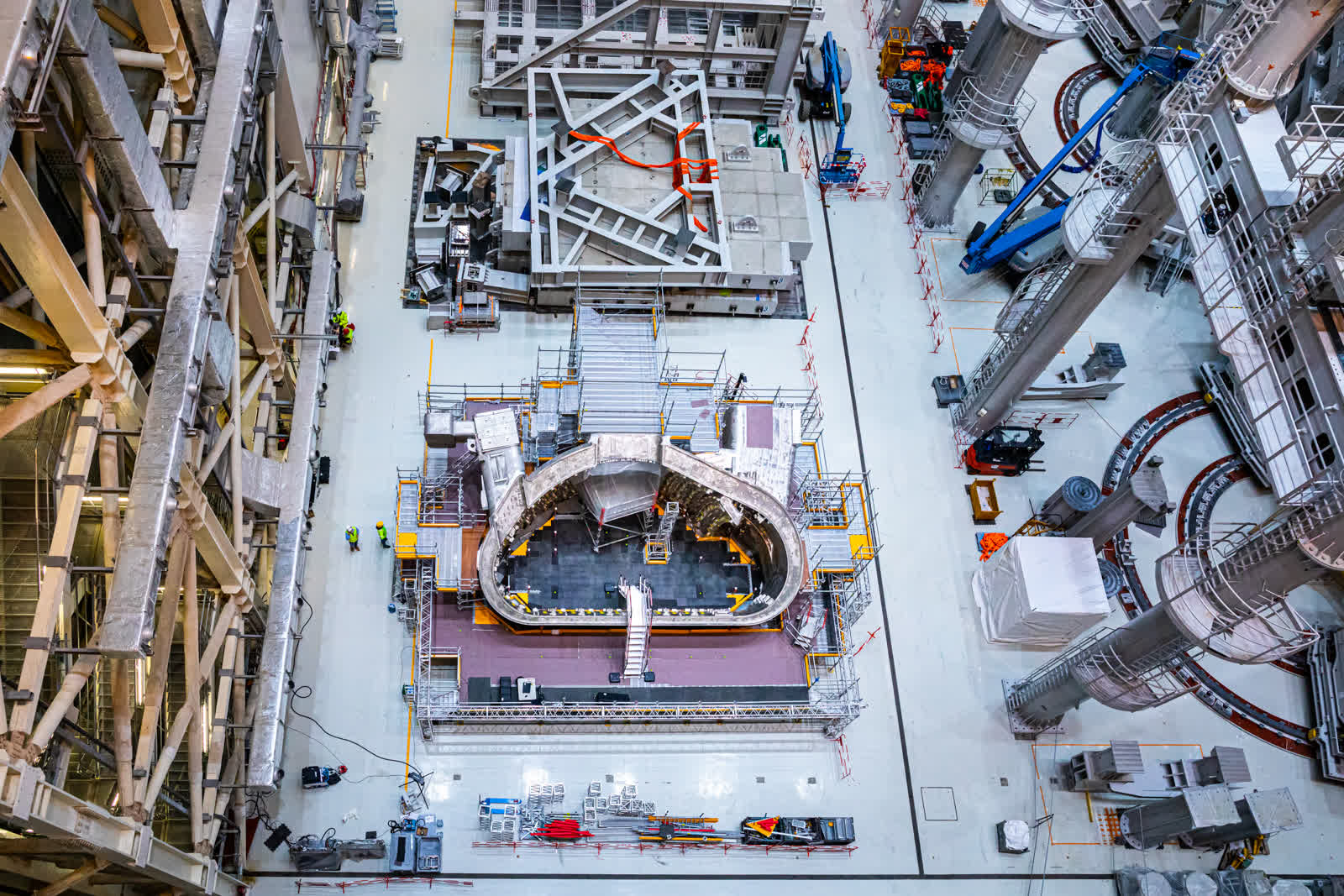China successfully built a megawatt-scale space nuclear reactor
- Tram Ho
According to information published by Space News, this large-capacity nuclear reactor, designed by the Chinese Academy of Sciences, can generate 1 megawatt of electricity to power spacecraft propulsion. However, the report does not provide technical details of this nuclear power system, nor does it disclose future application plans. According to the South China Morning Post, the project kicked off in 2019 and a prototype design was completed last year.
The significance of this megawatt-scale space nuclear reactor is enormous: it is one of the technologies necessary for human activities in deep space. Especially for missions like building a base on Mars, if existing chemical-powered rockets are used, the Long March 5 – China’s largest heavy launch vehicle will be able to launch about 6 tons of cargo to Mars at once. This is because, for deep space missions, the specific impulse of the rocket is more important than the thrust. The higher the specific pulse, the less fuel is required, and the lower the specific pulse, the more energy will have to be expended.

According to an article published in the Chinese academic journal “Atomic Energy Science and Technology” in 2019, the country is developing a high-power Hall electric propulsion system based on nuclear power 1. megawatts. Usually the hydrogen-oxygen engine only has a maximum specific pulse of less than 400 seconds, while the specific pulse of the high-power Hall electric propulsion developed in China is close to 4,000 seconds.
As described by this newspaper, sending 30 tons of cargo to Mars will only cost 3.9 tons of fuel, much lower than current technology. One of the characteristics of electric thrust is that the specific pulse is large and the thrust is small, the thrust generated by the 1Mw power is only 25-50N.

According to the calculation of the article, it takes 203 days for the Hall pusher to get from Earth to Mars. The time from the launch of China’s Tianwen 1 to the entry into Mars orbit is 202 days, and the difference in time between the two engines is not much different, but the difference in fuel is huge. And the greater the distance, the greater the electric propulsion, if you want to explore further planets in the future, electric motors are almost the only option. Last year, China announced a long-term plan for exploring the orbit of Neptune using this propulsion scheme.
Space nuclear power is not a new concept, the US and the former Soviet Union have had a lot of research and applications in space nuclear power, but their solution has a maximum capacity of only a few tens of kilowatts.

According to the current level of scientific development of mankind, there are two technical routes to provide nuclear power in space: one is to use thermoelectricity production by radioisotopes and small capacity (in practice). , this is the battery), from tens to hundreds of watts. These solutions have been widely used in the United States. The Chinese spacecraft “Jade Rabbit II” and the rover it carries are also equipped with an isotope thermoelectric generator (battery) based on plutonium 238; And the second is to use power from nuclear reactors, the former Soviet Union and Russia have used power from nuclear reactors for a long time, but the maximum capacity is only tens of kilowatts.
Currently, China is following the second route, which is to create space nuclear reactors. At the end of last year, China Shipbuilding Industry Corporation announced the successful production of a large capacity Stirling engine – 300Kw, and said that the capacity would be raised to the MW level in the future.

Of course, there are still many problems to be solved in the practical application of nuclear reactors in space, such as how to prevent pollution of the Earth’s atmosphere and surface from nuclear fuel. caused by a failure during launch. On January 24, 1978, the Soviet nuclear-powered satellite “Cosmos” 954 malfunctioned, falling slowly into the atmosphere and igniting. In January 1983, a similar incident occurred on the nuclear power satellite “Cosmos” 1402, and the nuclear reactor module was completely burned up as it re-entered the upper atmosphere. South Atlantic Ocean.
This is a problem that needs to be solved when we start up space nuclear reactors in the future, because compared to the miniature nuclear reactors in the former Soviet Union with a maximum capacity of only a few tens of watts, This 1 megawatt Chinese nuclear reactor requires more nuclear fuel. However, with the advancement of technology, the reliability of the spacecraft will increase, and the probability of accidents will be reduced to an acceptable level.
References: Space News; Zhihu; Sina; South China Morning Post
Source : Genk
